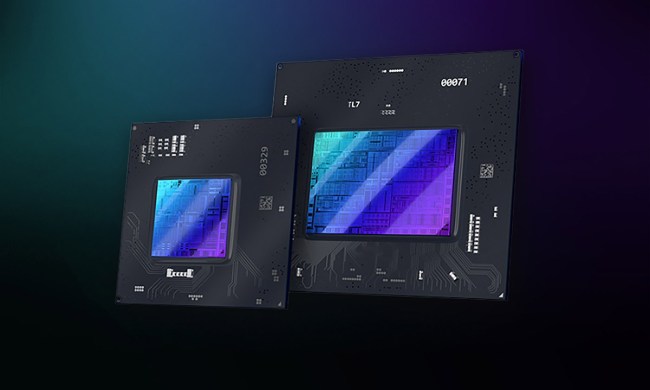After the announcement at E3, we put AMD’s latest and greatest R9 Fury X to the test. The high-end card boasts built-in liquid cooling, and AMD’s new High Bandwidth Memory, but it wasn’t the only card announced that day, and now we’re getting our first good look at the compact version, the R9 Nano. This air-cooled card packs the same HBM technology and advanced architecture into a form factor that’s half the size, and a fraction of the power consumption.
Photos of the new card, which come from Korean tech reporter DGLee, provide a new look at not just the outside of the card, but its innards as well. The exterior is done up in the same black as the Fury X, but with a dimpled texture around the fan. Unlike the Fury X, the Nano has no backplate, instead featuring a black PCB. As expected, the Nano will utilize three DisplayPorts and a single HDMI for video output, and only requires a single 8-pin PCIe connection for power. Open up the card, and inside you’ll find AMD’s new Fiji GPU with a healthy glob of thermal paste and copper tubing to run heat up to the heat sink. It weighs just 489 grams, which is around half the weight of full length Radeon cards that don’t have radiators.
While we still don’t have a lot of concrete info on the R9 Nano’s performance, leaked graphs may help place it in comparison to AMD’s other offerings. The first graph shows the performance of the R9 290X, the Nano, and the Fury X. The Nano beats the 290X by a few frames per second, with the Fury X taking a commanding lead. The second graph shows the performance per wattage in terms of memory bandwidth. Both the Nano and Fury X have much more efficient power usage, but the Nano is almost twice as efficient as the 290X. Granted, HBM is a big part of that, as the change in architecture provides a healthy boost to power efficiency and bandwidth on its own.
With so many unanswered questions surrounding the R9 Nano, it’s basically impossible to draw any concrete conclusions besides that it’s small, and doesn’t use much power. If the performance lives up to what’s been rumored so far, the Nano could shape up to be one of the best compact cards yet.



